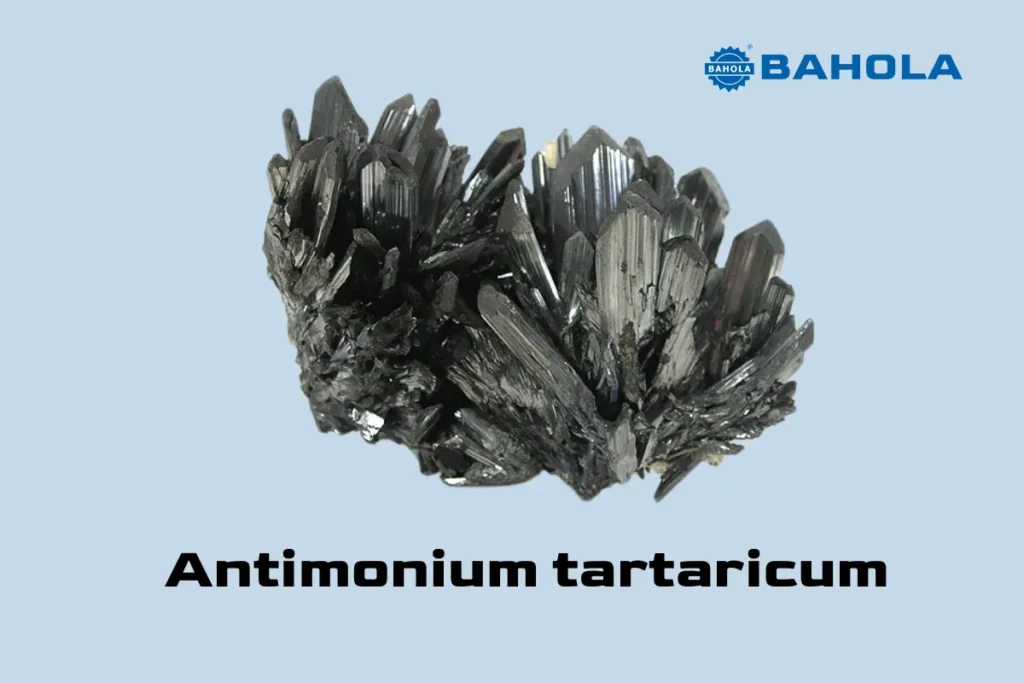A detailed emotional and physical profile. It seems to reflect an inner conflict between restlessness and a feeling of being stuck or restricted, along with deep emotional wounds, especially stemming from feelings of betrayal, high parental expectations (particularly from the father), and perhaps the pressure to conform to societal norms.
Let’s break it down that correspond to this Family of remedies:
1. External Restriction vs. Internal Restlessness:
The contrast between feeling immobilized (paralysis, tightness, tension) and the overwhelming urge to move points towards a remedy that balances both inertia and restlessness. The remedy could address a feeling of being tightly bound (as if by a bandage), combined with a compulsion to break free from restrictions, both mentally and physically.
2. Feeling Abused or Attacked:
The emotional aspect seems to reflect a history of abuse, betrayal, or a constant feeling of being attacked. This, especially combined with the idea of cruelty, hardness, and high parental expectations, suggests remedies that address deep emotional trauma and feelings of inferiority or being unfairly judged.
3. Indecision and Lack of Confidence:
The sense of being stuck, indecisive, and unable to make decisions adds a layer of mental paralysis. The patient might struggle with self-esteem and an overwhelming fear of making the wrong choice, which could aggravate their state of restlessness.
4. Physical Symptoms – Stiffness, Spasms, and Cramps:
Physically, this profile mentions stiffness, spasms, and cramps, which are common manifestations of an emotional conflict that expresses itself in the body. The tension in the muscles, cramps, and spasms could be linked to both emotional suppression and an underlying sense of urgency or need to move.



